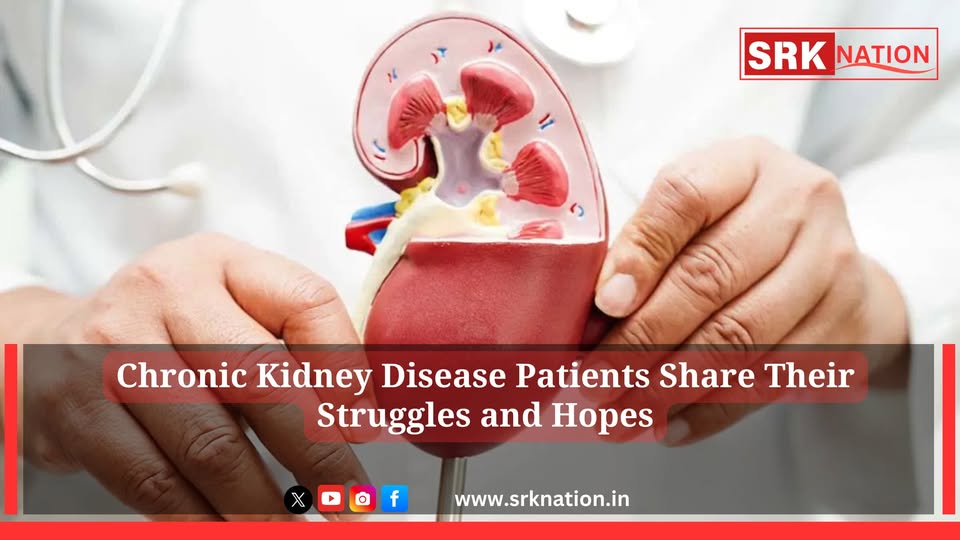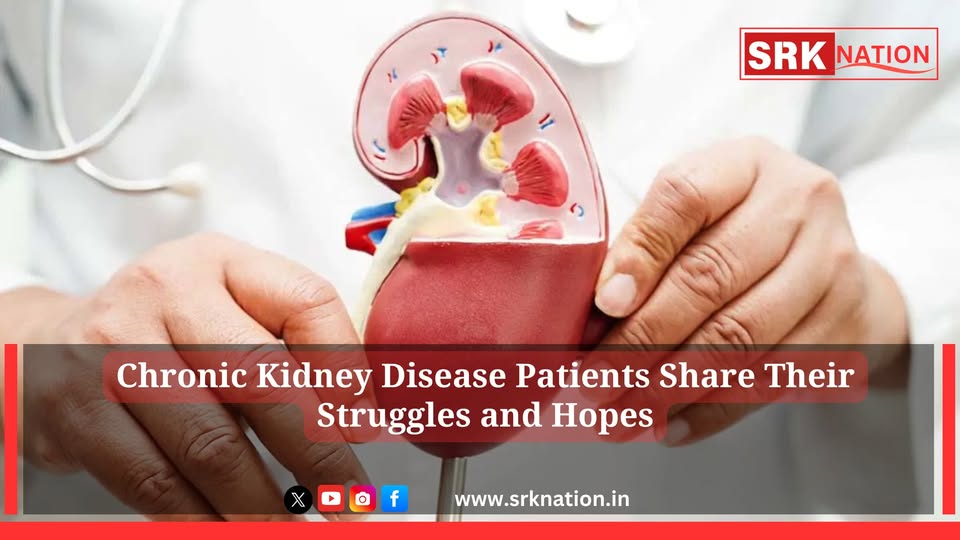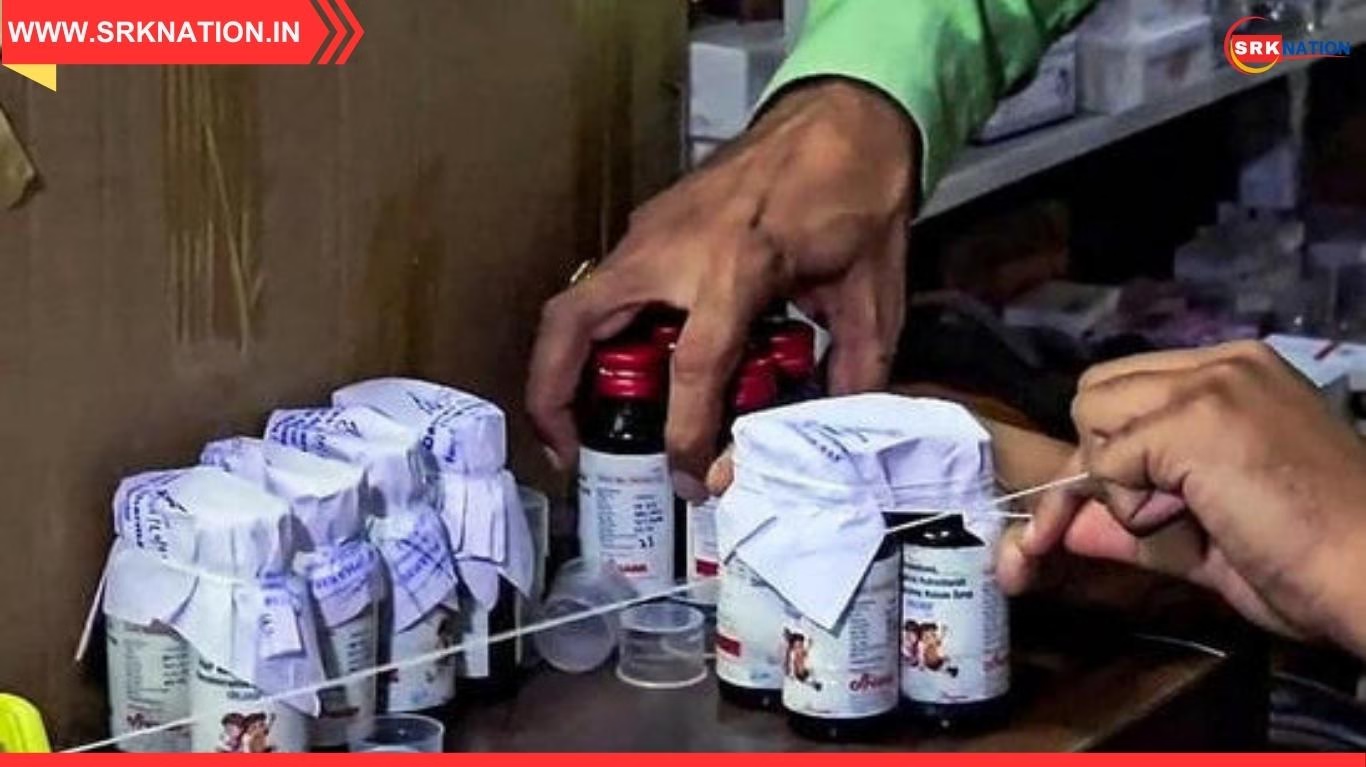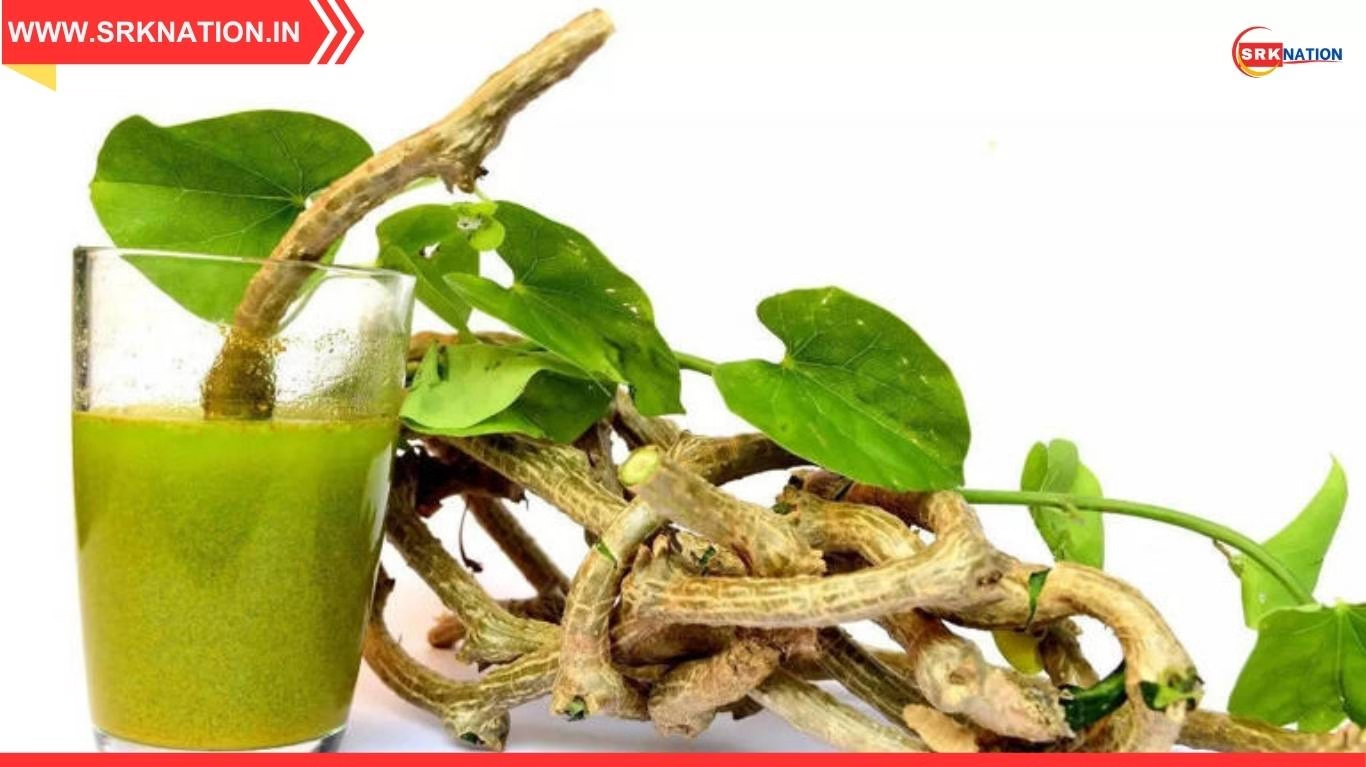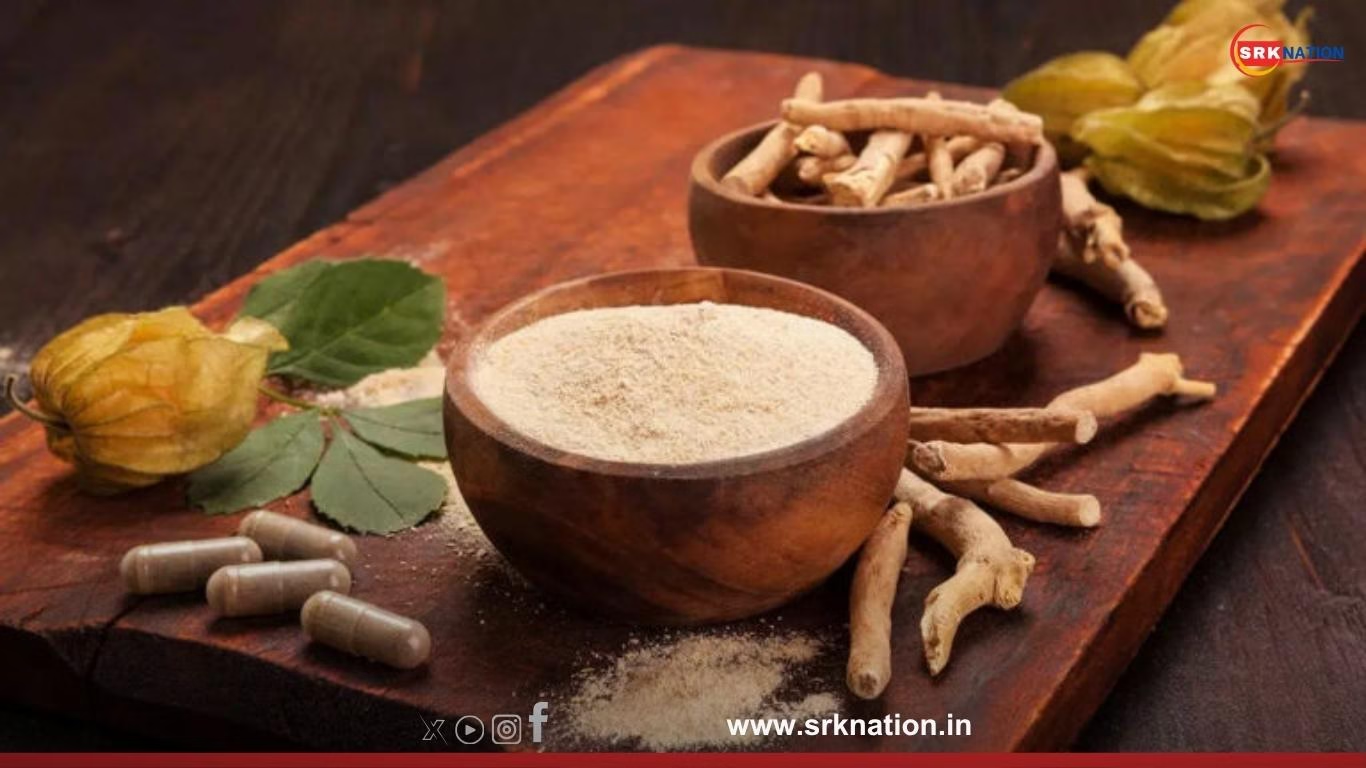Chronic kidney disease (CKD) has seen a significant rise in India over the past five years. Experts argue that CKD is now more dangerous than cancer and heart diseases. Dr. K.C. Gurudev, Director of the Centre of Excellence of Nephro-Urology at Ramaiah Memorial Hospital, Bengaluru, stated that the Indian Society of Nephrology has suggested including CKD as an epidemic in India. The incidence is around 10 percent across the country, with certain regions like Andhra Pradesh, Bihar, and Gujarat experiencing rates between 20 and 30 percent.
### Patient Experiences: Struggles and Hopes
#### Nash Vaz, 34, Manager, Mumbai
Diagnosed with autosomal dominant polycystic kidney disease (ADPKD) in 2019, Nash Vaz experienced a life-altering journey. ADPKD, caused by a genetic fault, leads to the development of fluid-filled cysts in the kidneys. Despite being born with the condition, Vaz led an active life as an avid footballer until a minor accident unveiled the severity of his condition. “I was apprehensive, especially when I looked at those who died after transplants,” Vaz shared. “But my doctor cleared all my doubts and assured me that I could live a normal life.”
#### Rekhavathy Shetty, Lab Assistant, Mangaluru
For Rekhavathy Shetty, CKD presented itself during her second pregnancy in 2018. Diagnosed with nephrotic-range proteinuria, Shetty experienced severe health declines, leading to dialysis in September 2023. She spends Rs. 4,500 weekly on dialysis sessions, injections, and medications. “I have to get out of this black hole that is dialysis. I hope an angel liberates me from my misery,” Shetty expressed, awaiting a kidney donor.
#### Pooja Khandagale
Pooja Khandagale’s battle with CKD has been a significant challenge, impacting her life choices. “My family says it is better to stay away from trying for kids. Of course, I would love to have my own children, but now I’m a doting aunt to all the kids in the family,” Khandagale shared, embracing her role as an aunt while navigating her health journey.
#### Yashvi Sompura
Yashvi Sompura recently marked four years since her second kidney transplant. “As of now, the first one (rejected kidney) is not damaging my body and is working at 40 percent,” Sompura stated. “But if it does cause harm, the doctors will remove it.”
### Rising Concerns and Contributing Factors
CKD can be caused by diabetes, chronic hypertension, genetic factors, or rare diseases, leading to renal failure. The rise in cases is attributed to improved diagnostics, screening for kidney disease, and the prevalence of obesity, hypertension, and diabetes in India. By 2030, India is expected to have the world’s largest diabetic population.
Experts also cite the lack of regulation in India’s medicine market and the availability of over-the-counter drugs, particularly painkillers and protein supplements, as contributing factors. Alternative medicines containing heavy metals like mercury and arsenic exacerbate kidney damage, rapidly progressing CKD stages.
### Call for Change
Dr. Gurudev highlighted the significant role of environmental factors such as poverty, poor sanitation, water contamination, and pollutants in CKD prevalence. Nephrology training positions are limited, and the healthcare system is burdened by a shortage of nephrologists.
In response to the growing epidemic, patients like Vaz, Shetty, Khandagale, and Sompura share their stories, emphasizing the urgent need for better healthcare infrastructure, awareness, and support for CKD patients in India.
